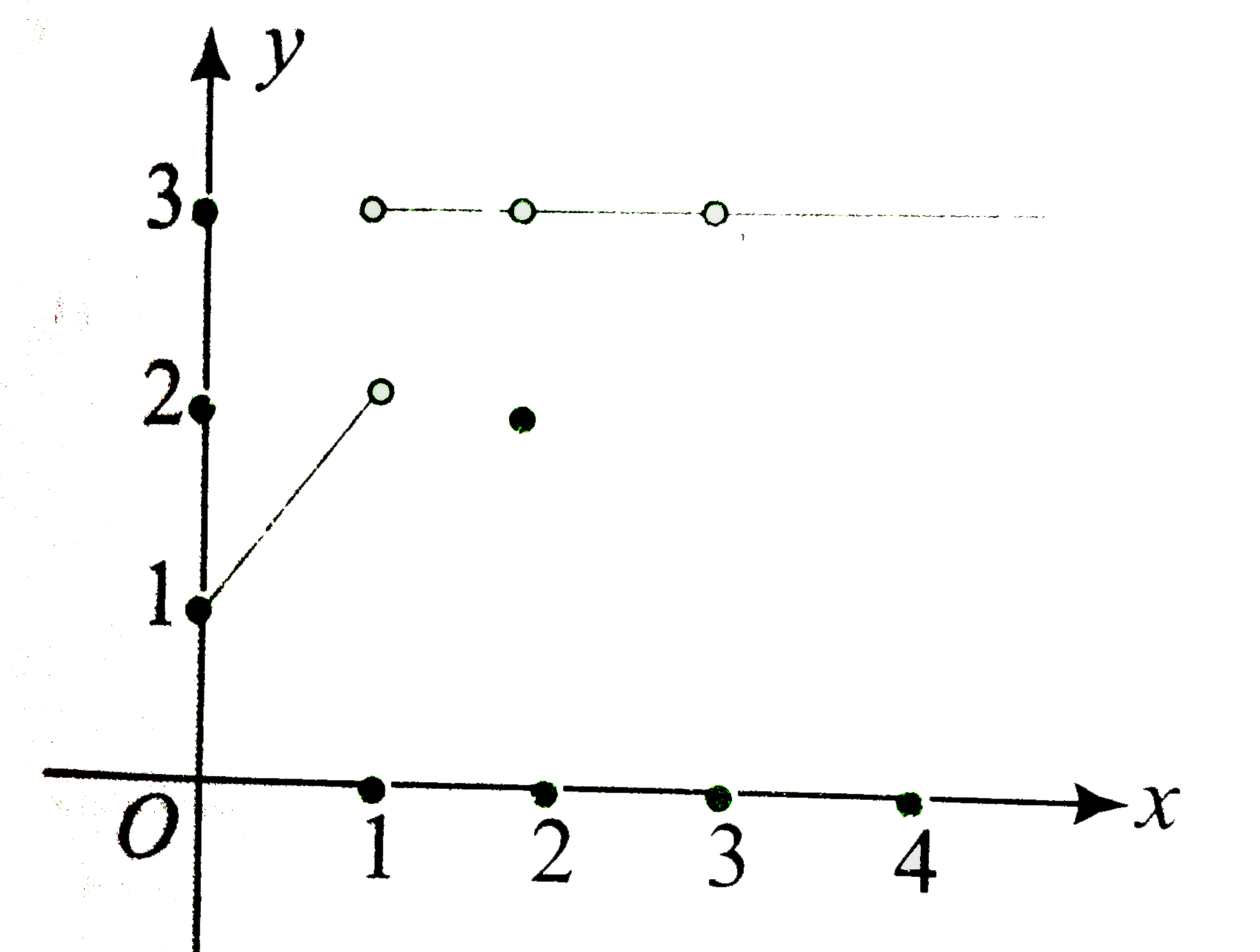If f(x)=sgn(x) and g(x)=x3,then prove that limx→0f(x).g(x) exists though limx→0f(x) does not exist.
f(x)=sgn(x)=⎧⎪⎨⎪⎩1, x>0−1, x<00, x=0
∴ limx→0+f(x)=1 and limx→0+f(x)=−1
Now f(x)×g(x)=⎧⎪⎨⎪⎩x3, x>0−x3, x<00, x=0
∴ limx→0+f(x).g(x)=limx→0+x3=0
and limx→0−f(x).g(x)=limx→0+(−x3)=0
Thus limx→0f(x).g(x) exists.
Topper's Solved these Questions
- BOOK - CENGAGECHAPTER - LIMITSEXERCISE - Exercise 2.315videos
LIMITS
- BOOK - CENGAGECHAPTER - LIMITSEXERCISE - Exercise 2.45videos
LIMITS
- BOOK - CENGAGECHAPTER - LIMITSEXERCISE - Exercise 2.110videos
LIMITS
- BOOK - CENGAGECHAPTER - JEE 2019EXERCISE - Chapter 109videos
JEE 2019
- BOOK - CENGAGECHAPTER - LINEAR COMBINATION OF VECTORS, DEPENDENT AND INDEPENDENT VECTORSEXERCISE - DPP 1.210videos
LINEAR COMBINATION OF VECTORS, DEPENDENT AND INDEPENDENT VECTORS
Similar Questions
Knowledge Check
- Question 1 - Select One
If limx→2f(x)−f(2)x−2 exist ,then
Alimx→2−f(x)≠limx→2+f(x)Bf(x) is differentiableClimx→2f(x)=f(2)Dlimx→2f(x)≠f(2)
Given f(x)={x+|x|xx≠0−2x=0 show that limx→0f(x) does not exist.
View SolutionIf f is an even function , then prove that Limx→0−f(x)=Limx→0+f(x) , whenever they exist .
View SolutionConsider the following graph of the function y=f(x). Which of the following is//are correct?

(a)limx→1f(x) does not exist.
(b)limx→2f(x) does not exist.
(c)limx→3f(x)=3.
(d)limx→1.99f(x)exists.View SolutionConsider the following graph of the function y=f(x). Which of the following is//are correct?

(a)limx→1f(x) does not exist.
(b)limx→2f(x) does not exist.
(c)limx→3f(x)=3.
(d)limx→1.99f(x)exists.View SolutionIf f is an even function, prove that limx→0−(x)=limx→0+f(x).
View SolutionWhich of the following statement(s) is (are) INCORRECT ?. (A) If limx→cf(x)andlimx→cg(x) both does not exist then limx→cf(g(x)) also does not exist.(B) If limx→cf(x)andlimx→cg(x) both does not exist then limx→cf'(g(x)) also does not exist.(C) If limx→cf(x) exists and limx→cg(x) does not exist then limx→cg(f(x)) does not exist. (D) If limx→cf(x)andlimx→cg(x) both exist then limx→cf(g(x))andlimx→cg(f(x)) also exist.
View SolutionShow that limx→0e1/x−1e1/x+1 does not exist.
View Solution

